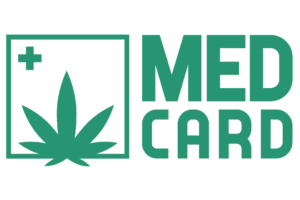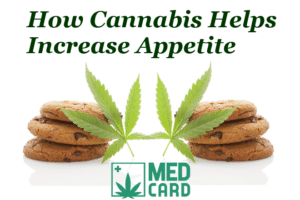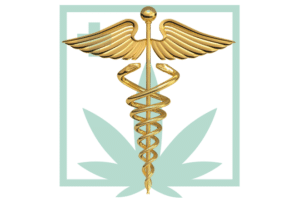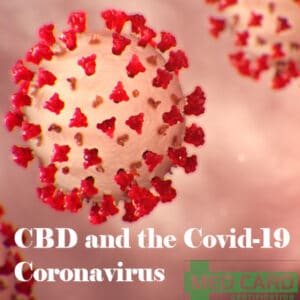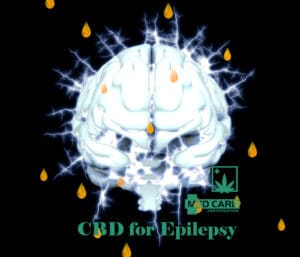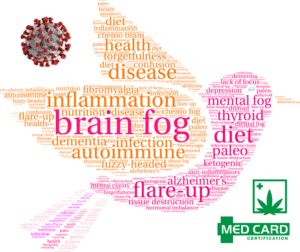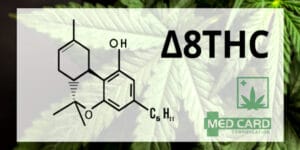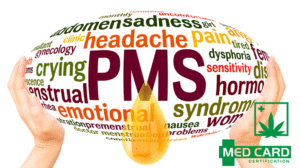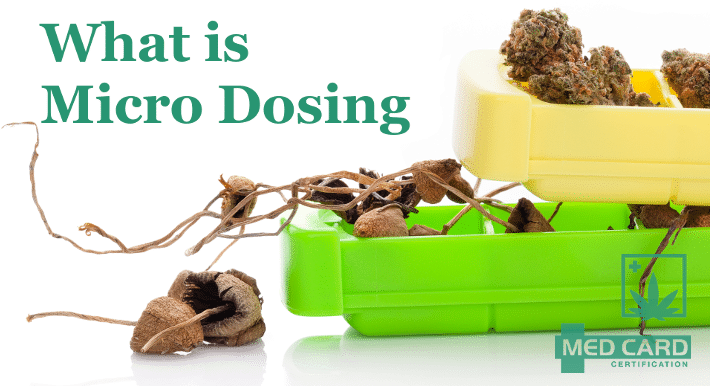
What Is Marijuana Microdosing?
Marijuana microdosing is proving to be a great way to manage symptoms such as pain and anxiety without crossing the line into drug abuse. In many cases, patients are finding that microdose cannabinoids actually produce better results for far less money.
For several years the term “microdosing” has been cropping up on social media platforms, often couched in shamanic terms and usually in regard to psilocybin, ayahuasca, and LSD. And in recent years, microdosing with marijuana and cannabinoids has come into favor.
Microdosing is the administration of low doses of cannabinoids — that is low enough to have no discernible psychotropic effects (no buzz) but high enough to deliver real medicinal benefits — for far less money! Who wouldn’t want to pay less for better results?
Microdosing may be the answer for medical marijuana patients who would like the neuroprotective benefits of THC without the sometimes overwhelming effects.
The term “microdose” is alternatively known as a “subtherapeutic” dose. The idea became popular with psychedelics such as LSD and Magic Mushrooms. Miniscule amounts of these psychotropic compounds can send users into an altered state of consciousness or “trip.” However, fractions of a dosage can produce benefits without the trip.
Why Microdose Marijuana?
Cannabinoids have been studied extensively in numerous laboratory experiments to determine their safety and various health benefits. These clinical studies have repeatedly indicated that the application of THC and/or CBD may effectively reduce inflammation, chronic pain, anxiety, and depression in addition to several other conditions.
Many dispensaries offer strains of medical marijuana with sky-high THC content. These strains are considered the “gold standard” in the industry and are very popular. Most medical marijuana patients consume up to 1 gram of marijuana with 15-percent or higher levels of THC on a daily basis. That adds up to 150 mg or more of THC per day.
However, everyone is different, living their own human experience. Some patients find the effect of even one “hit” or one standard dose overwhelming and unpleasant. And oftentimes the higher THC content will serve to exacerbate conditions such as anxiety disorders and psychoses.
Michelle Ross, the founder of IMPACT, a non-profit that uses research to find cutting-edge cannabis treatments for patients, is a firm believer in this form of dosing and says that most people don’t know about micro dosing. “They just blast their system with cannabis or high amounts of THC, and that is not always the best approach for whatever condition they have,” Ross says.
Dustin Sulak, a Maine-based doctor of osteopathy is also convinced that microdosing cannabis is a wise choice for many people. He sees many of his patients embracing marijuana-microdosing for conditions such as insomnia, stress, anxiety disorders, chronic pain, and depression. He claims that “When you raise the dose sometimes you get diminished benefits, and sometimes you get the opposite of what you are looking for.”
Dr. Sulak is well aware, that on occasion, patients with debilitating symptoms may need to up their intake. “If I see someone with multiple sclerosis who is in the middle of a flare-up and having a really hard time, she may need a higher dose to get the symptoms under control,” he says. “But as she gets well and heals, her daily dose will go down and down and down, until the point where micro dosing becomes a maintenance plan.”
What is the ideal medical marijuana micro dose?
Everyone metabolizes cannabinoids differently and there are profound variances in how little THC will cause intoxication. Genetics, liver metabolism, previous marijuana usage, and the abundance or lack of cannabinoid receptors all play a role in the overall effect.
“Microdosing is something that is very personal,” says Ross. “There is no magic bullet for all patients; it is different for each one. So keep experimenting until you find the dose that works for you.”
Ross recommends that patients experimenting with microdosing introduce 2.5 milligrams into their system for three days, and gradually increase the amount if necessary. “In Colorado, we have a saying: start low and go slow. But the lowest dosage that they start off with for consumers is 10 milligrams and I think that is already too high.”
Dr. Sudek advocates an initial 48-hour period of abstinence for regular marijuana users prior to beginning a microdose regimen. He believes this period has the effect of resetting the endocannabinoid system and preparing it for the lower dosage.
Two days may not seem like enough time to have such a profound effect. However last year in a brain imaging study, the number of cannabinoid receptors was tracked during a period of cannabis abstinence. The resulting images showed that, after two days, the receptors returned to baseline levels.
After the brief break, Dr. Sudek recommends re-introducing just one milligram of THC into the system. If a patient wishes to microdose simultaneously with CBD and THC the ratio should be kept to a 1:1 ratio of each.
If there is no symptom improvement, Dr. Sudek advocates increasing each amount by 1 mg to gradually find the lowest effective dose for the condition. Once the patient reaches a dosage that provides continued relief, there is no need to up the dosage.
Video On Microdosing
Are There Any Scientific Studies On Marijuana Microdosing?
Cannabinoid microdosing has been the subject of some recent studies.
In one double-blind, placebo-controlled, randomized trial in Israel, and subsequently published in the European Journal of Pain, micro dosing was put to the test.
In this trial, twenty-seven patients with chronic neuropathic pain were administered low doses of inhaled THC. Each patient, over the course of three days, received 3-4 inhaled doses, containing either one mg or five mg of THC or a placebo.
The trial ultimately showed that the 5mg microdose of THC effectively relieved chronic neuropathic pain in most of the patients with no other discernable effects.
“We can conclude from the study results that low doses of cannabis may provide desirable effects while avoiding cognitive debilitations, significantly contributing to daily functioning, quality of life, and safety of the patient. The doses given in this study, being so low, mandate very high precision in the treatment modality,” says Elon Eisenberg, of the Technion-Israel Institute of Technology, and the lead researcher of the trial.
In another 2012 study, patients suffering from advanced forms of cancer were given low, medium, and high doses of cannabinoids. Interestingly, patients who experienced the greatest pain reduction were those who received the lowest dosage, while patients who administered the higher dosages tended to experience an increase in pain.
In another study, incarcerated individuals suffering from PTSD and associated symptoms were administered low doses (4 mg) of a synthetic cannabinoid called Nabilone. The inmates showed substantial relief and improvements from insomnia, chronic pain, and nightmares, according to the results, published in 2014.
Much more research is needed to determine the far-reaching effects of microdosing cannabis products.
How is microdosing THC implemented?
It’s important to find the best delivery method when microdosing.
Smoking and vaping are considered to be the most expedient delivery method. However, even just one hit might cause intoxication in some patients.
Many healthcare practitioners believe that non-combustible products are a wiser choice. By microdosing with cannabis tinctures or edibles patients can have more control of dosage. Drops are the most accurate method. Edibles are not particularly reliable in their labeling and hard to accurately divide. Microdosers may wish to exercise discretion and caution, as they may not know exactly how much THC they’re ingesting. Marijuana tinctures, on the other hand, come with droppers for precise measurement. Tinctures also offer faster relief than edibles which can take up to two hours to have an effect.
Remember, when microdosing patients should only be dosing once per day. Ideally, for most patients, microdosing with marijuana should be done before bedtime. However, when done properly, medical marijuana patients can utilize this method at any time of day to manage symptoms without fear of feeling stoned.

Sign Up for Medical Cannabis Today!
For potential patients, if you’re ready, we make it easy to connect with a medical marijuana doctor nearby or online. If you are interested in getting certified, please fill out the MMJ patient registration form below and press submit to get started. See if you qualify today!

MedCard Registration Form


Medical Marijuana Links:
Sources For reading Up:
- A Breakdown of Microdosing
- Use of a Synthetic Cannabinoid in a Correctional Population for Posttraumatic Stress Disorder–Related Insomnia and Nightmares, Chronic Pain, Harm Reduction, and Other Indications
- Nabiximols for Opioid-Treated Cancer Patients With Poorly-Controlled Chronic Pain: A Randomized, Placebo-Controlled, Graded-Dose Trial
- Rapid Changes in CB1 Receptor Availability in Cannabis Dependent Males after Abstinence from Cannabis
- Nabiximols for Opioid-Treated Cancer Patients With Poorly-Controlled Chronic Pain: A Randomized, Placebo-Controlled, Graded-Dose Trial




